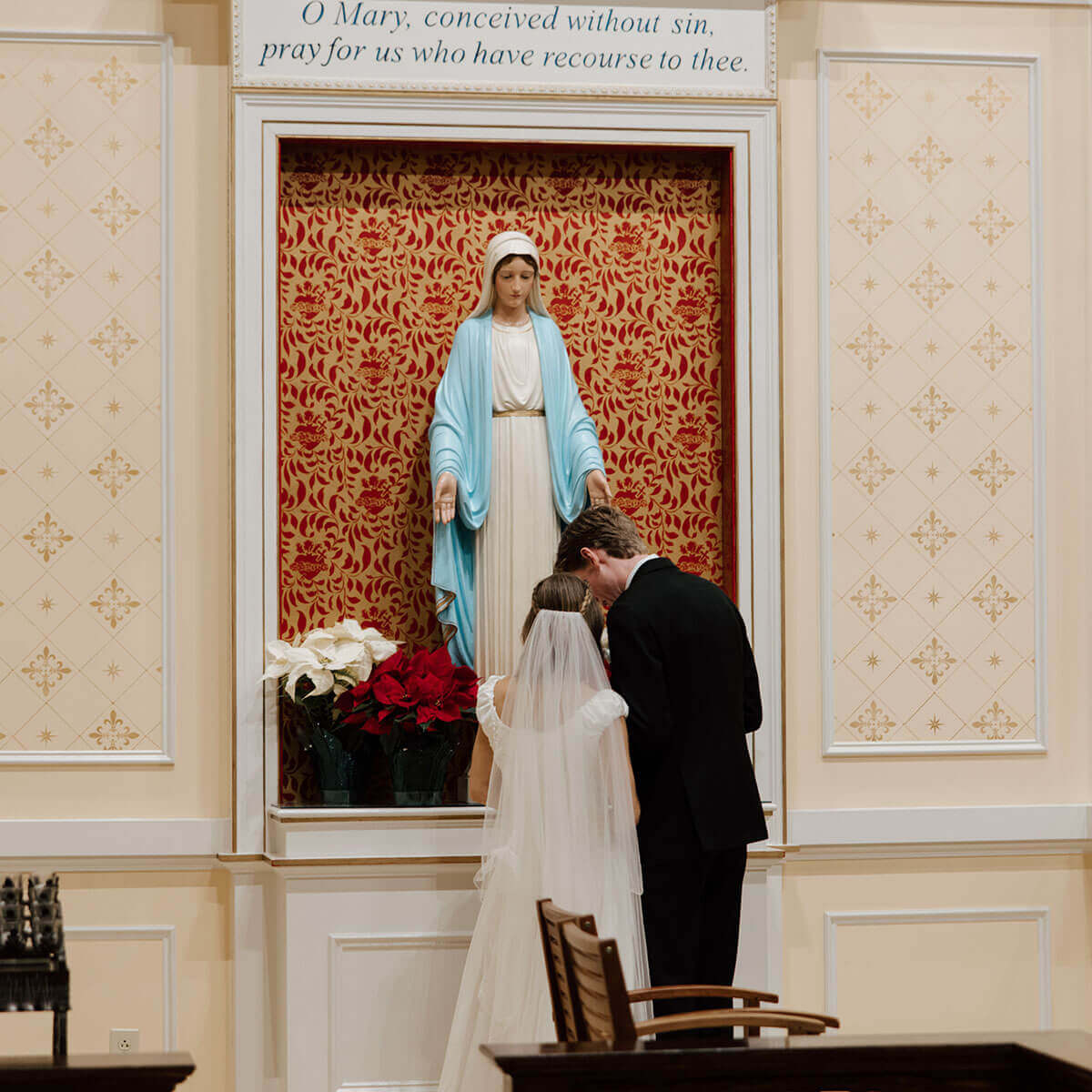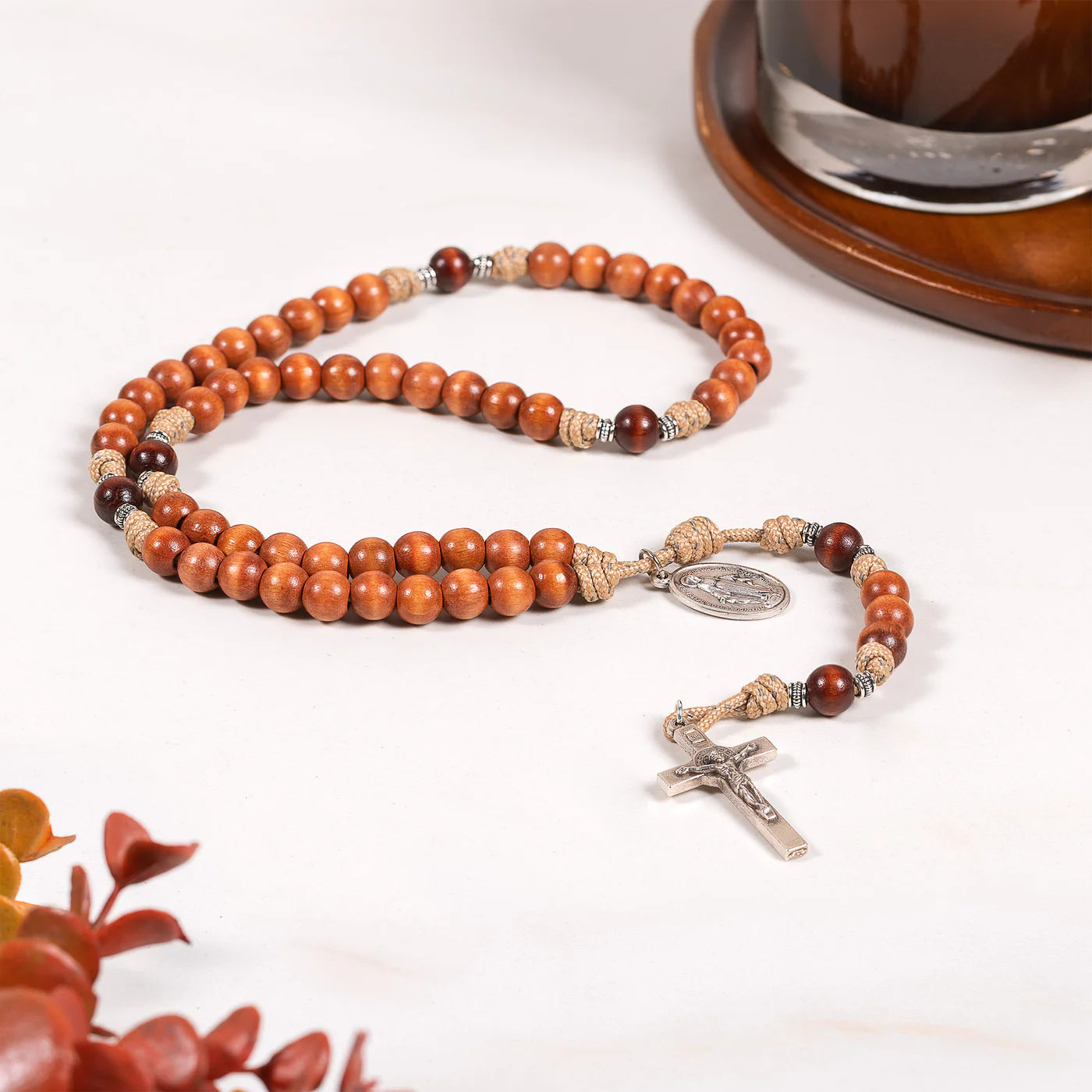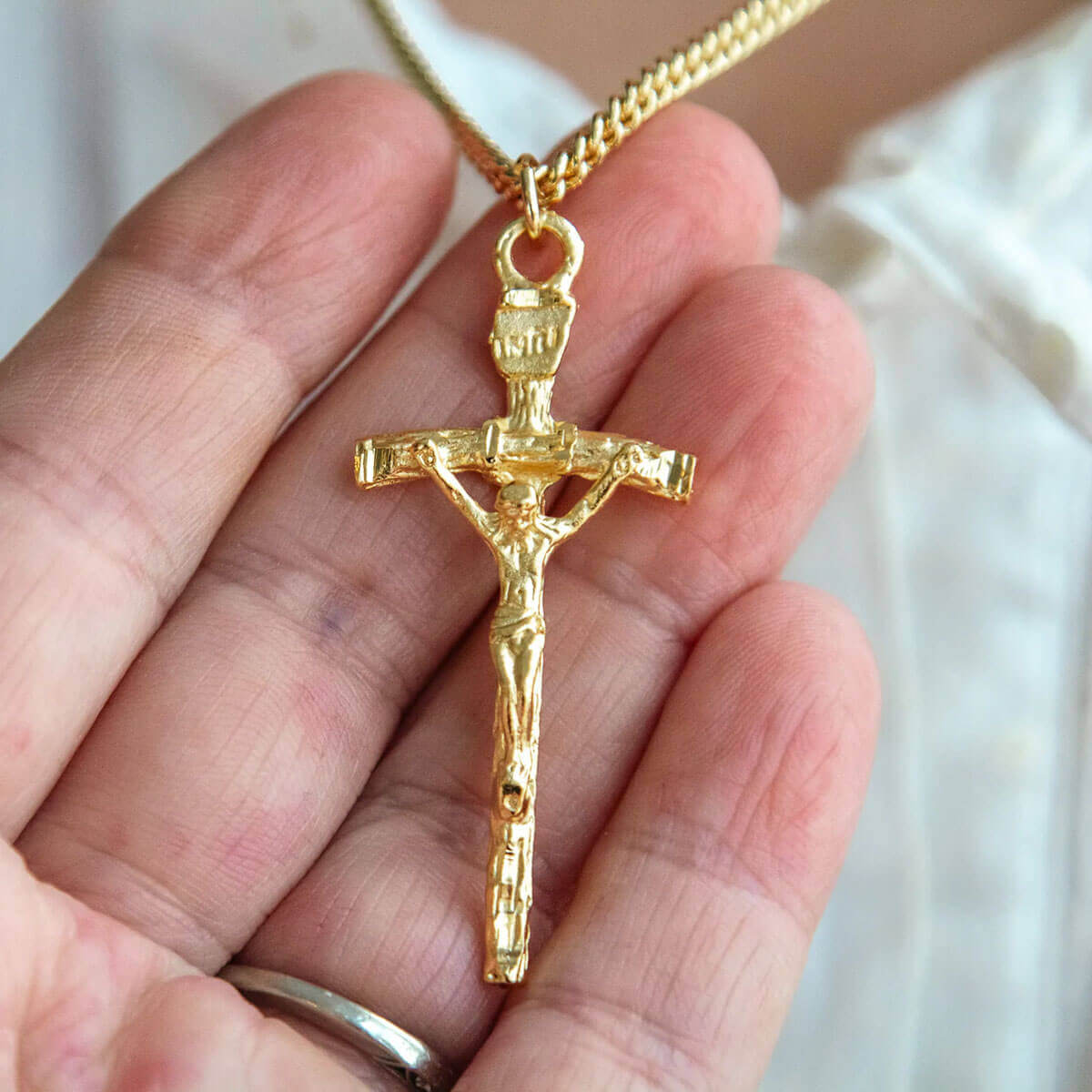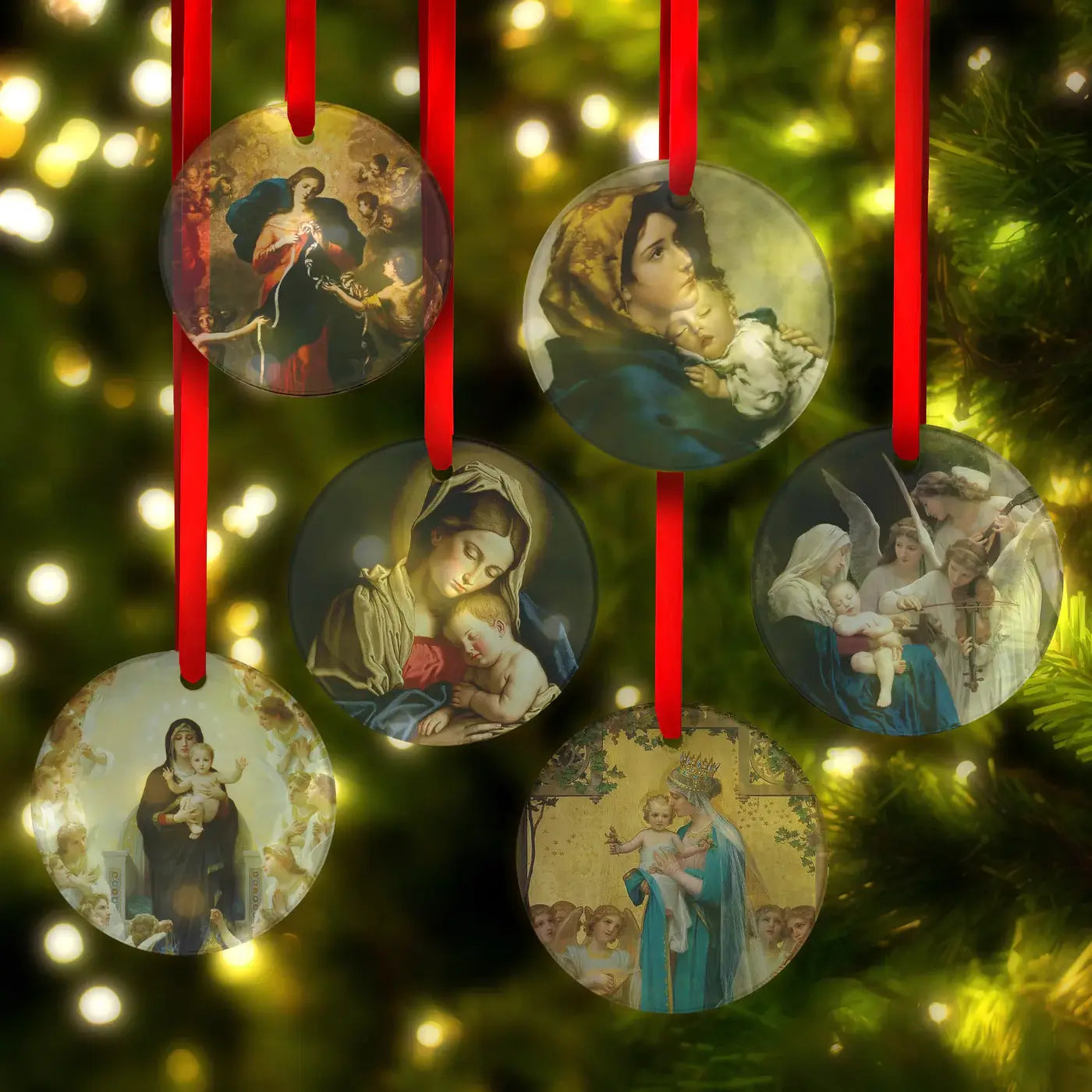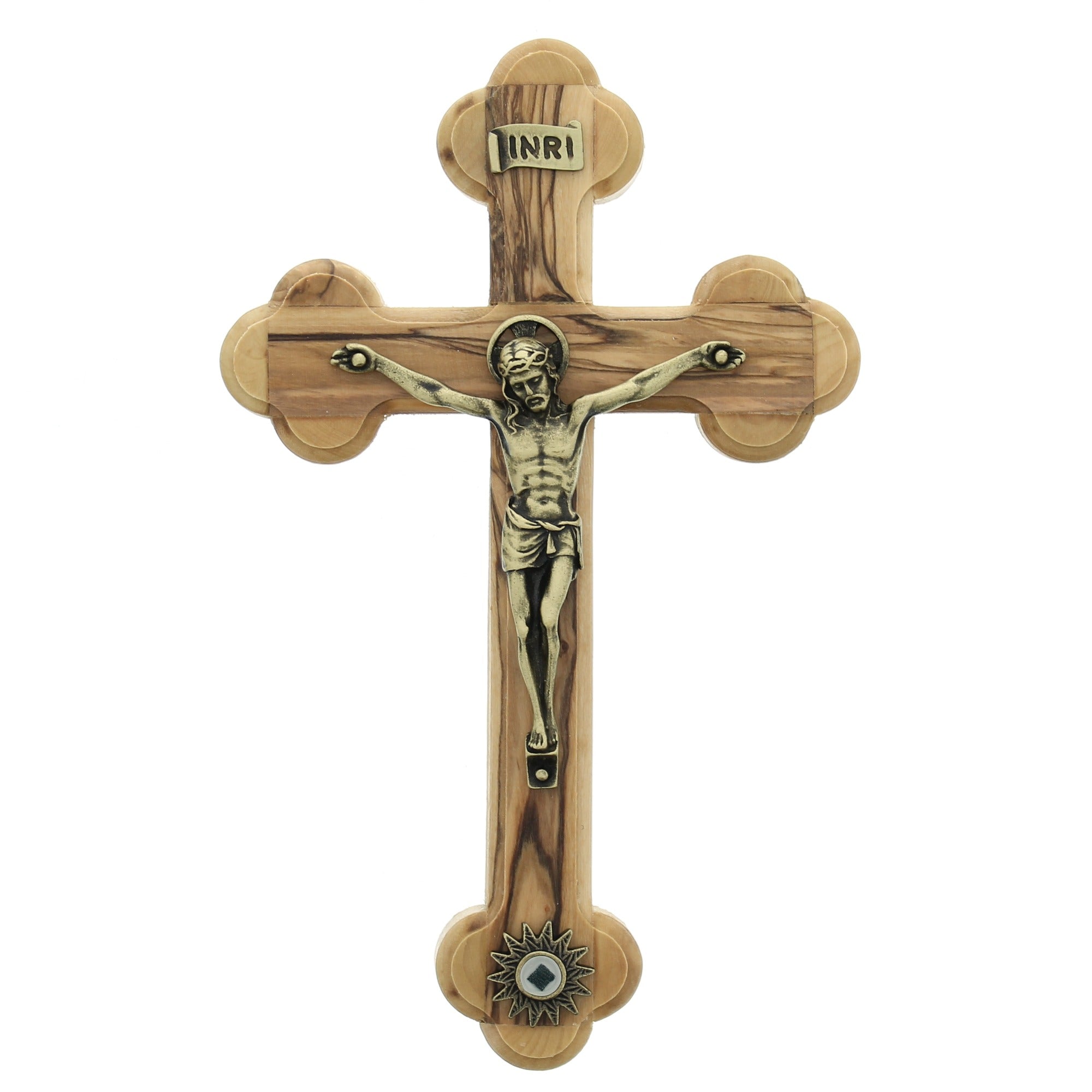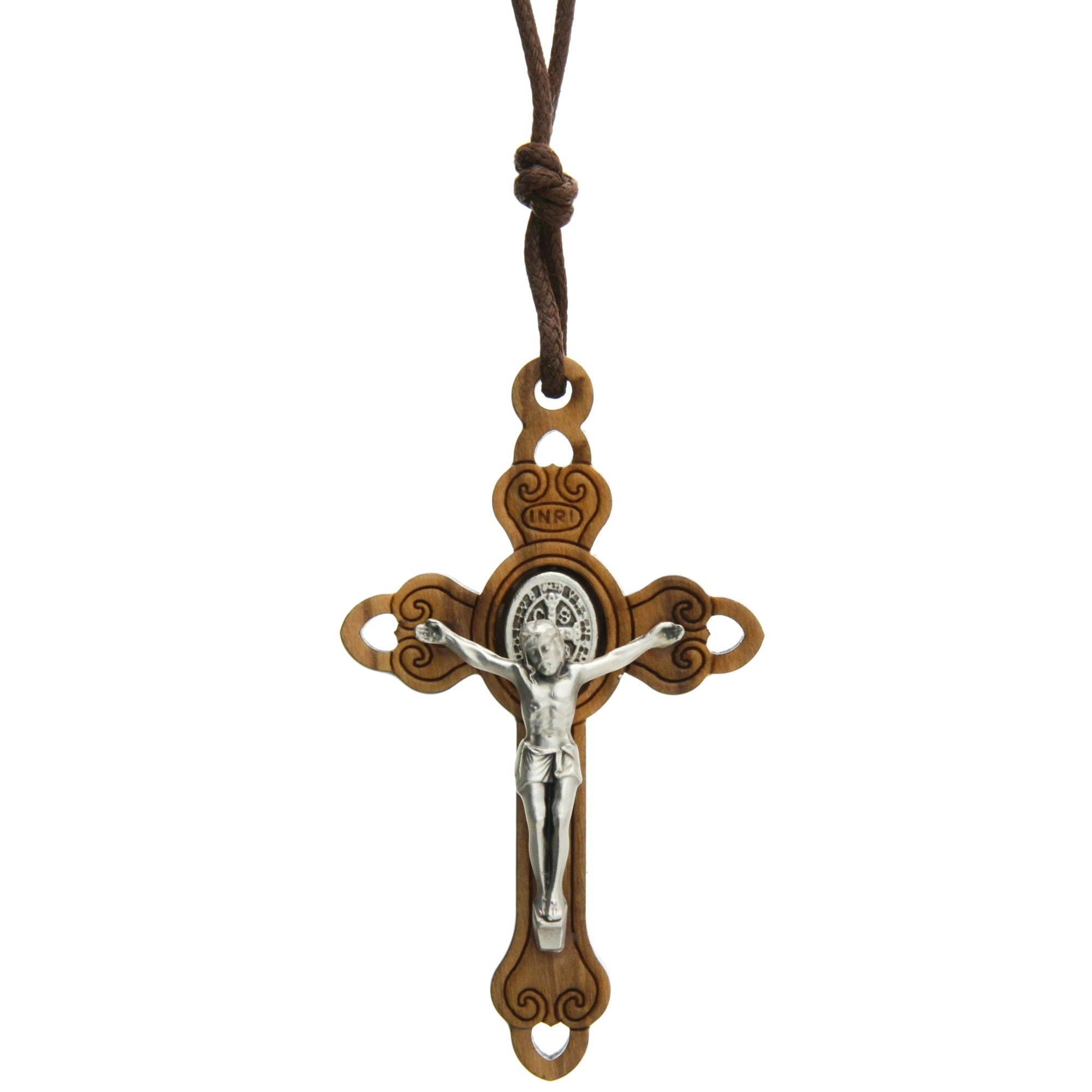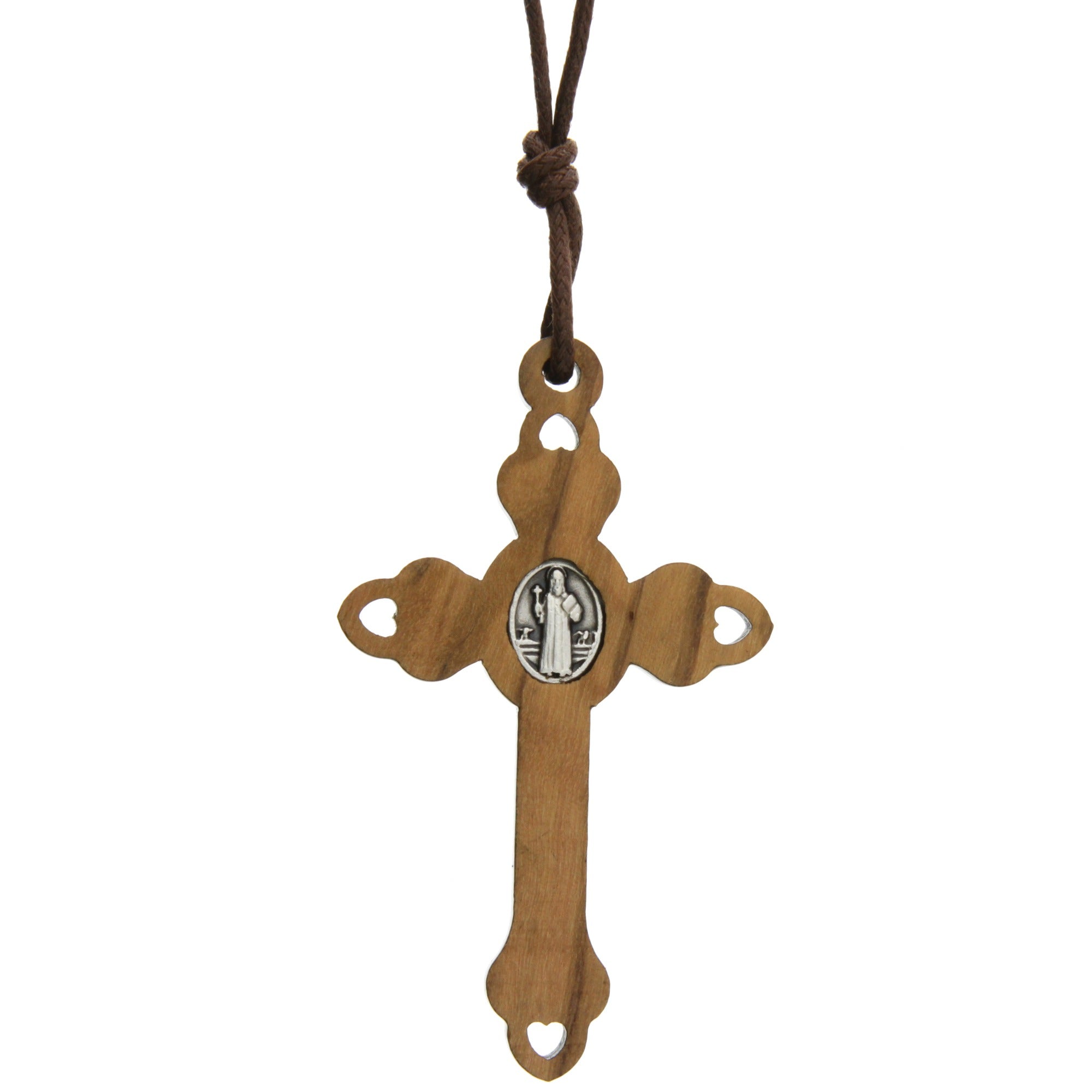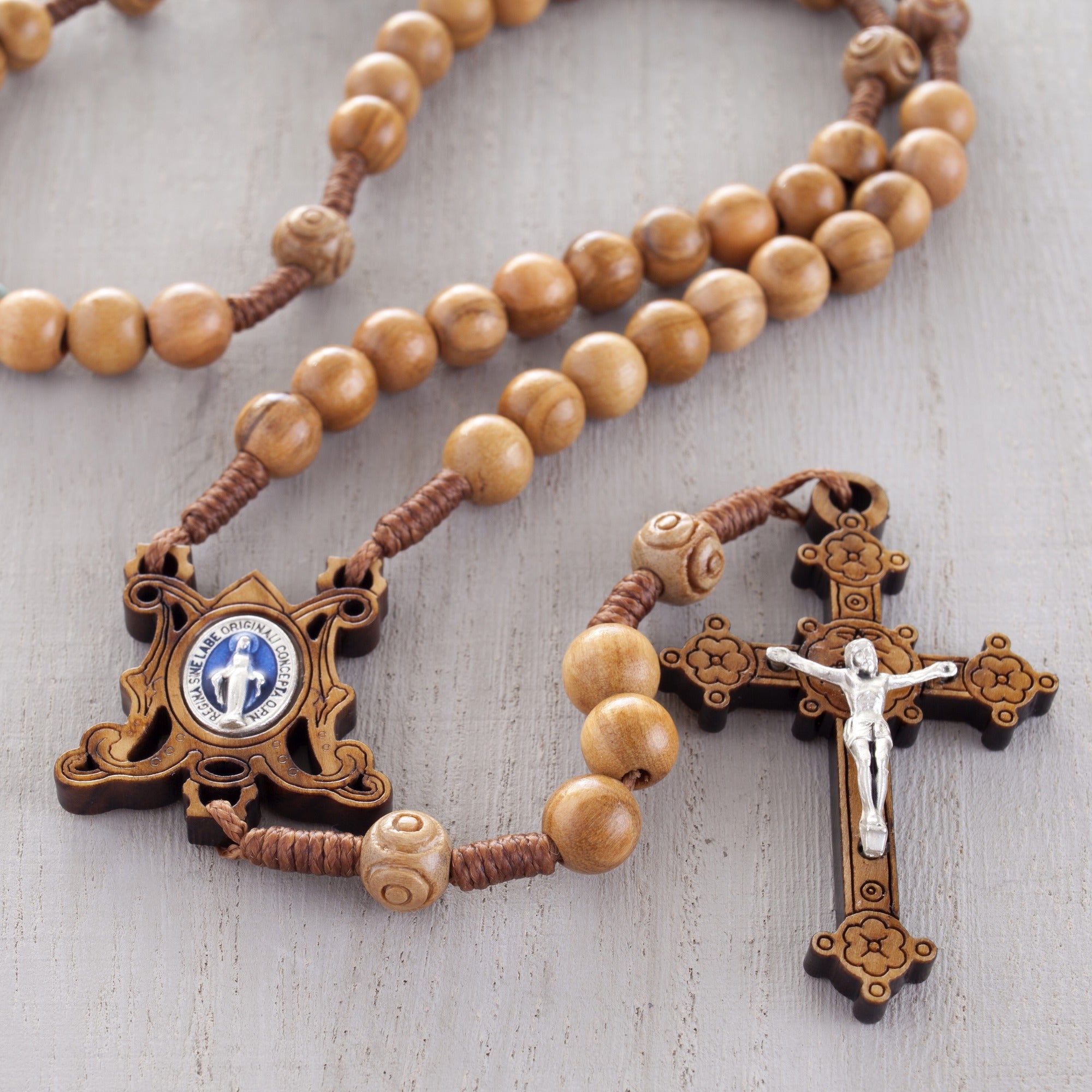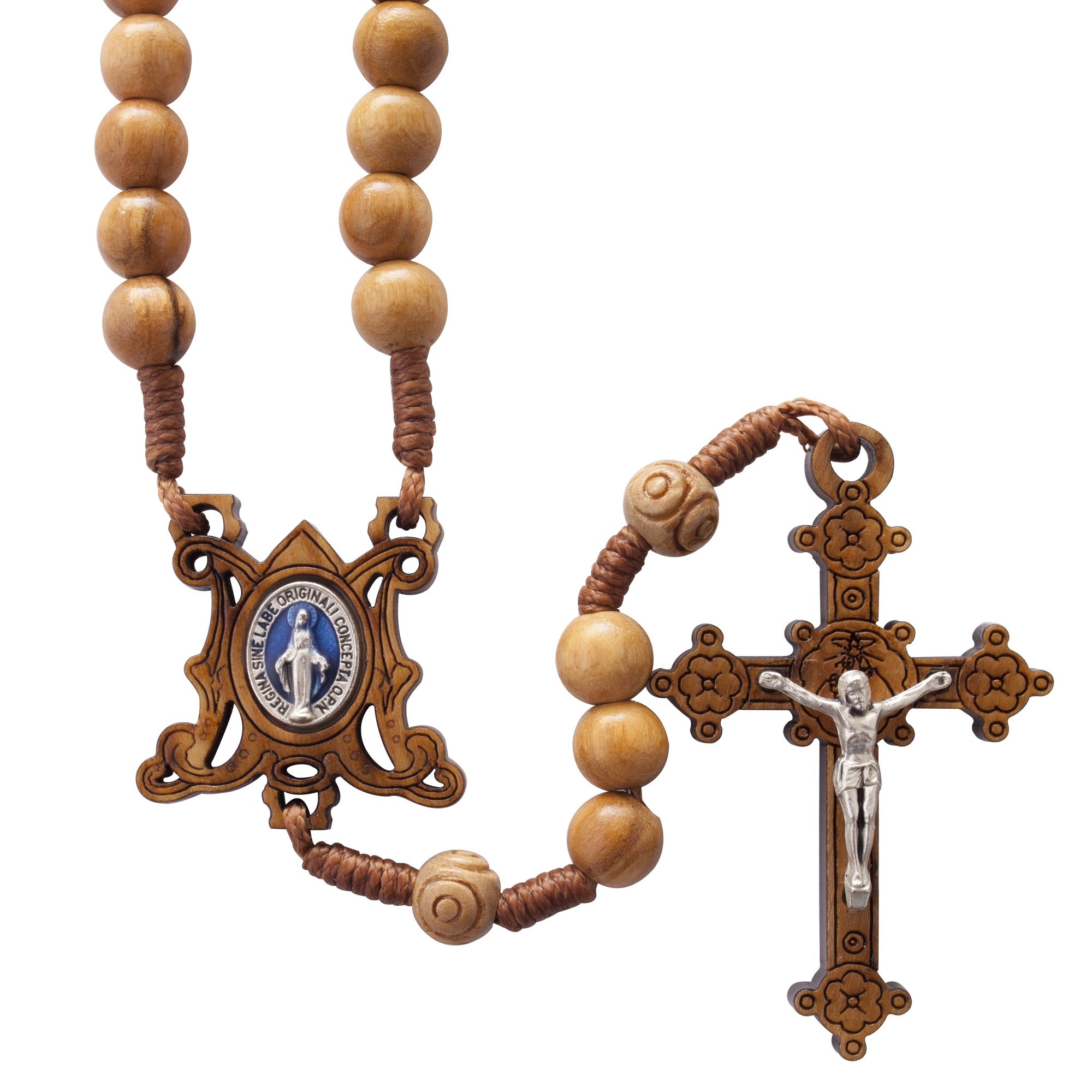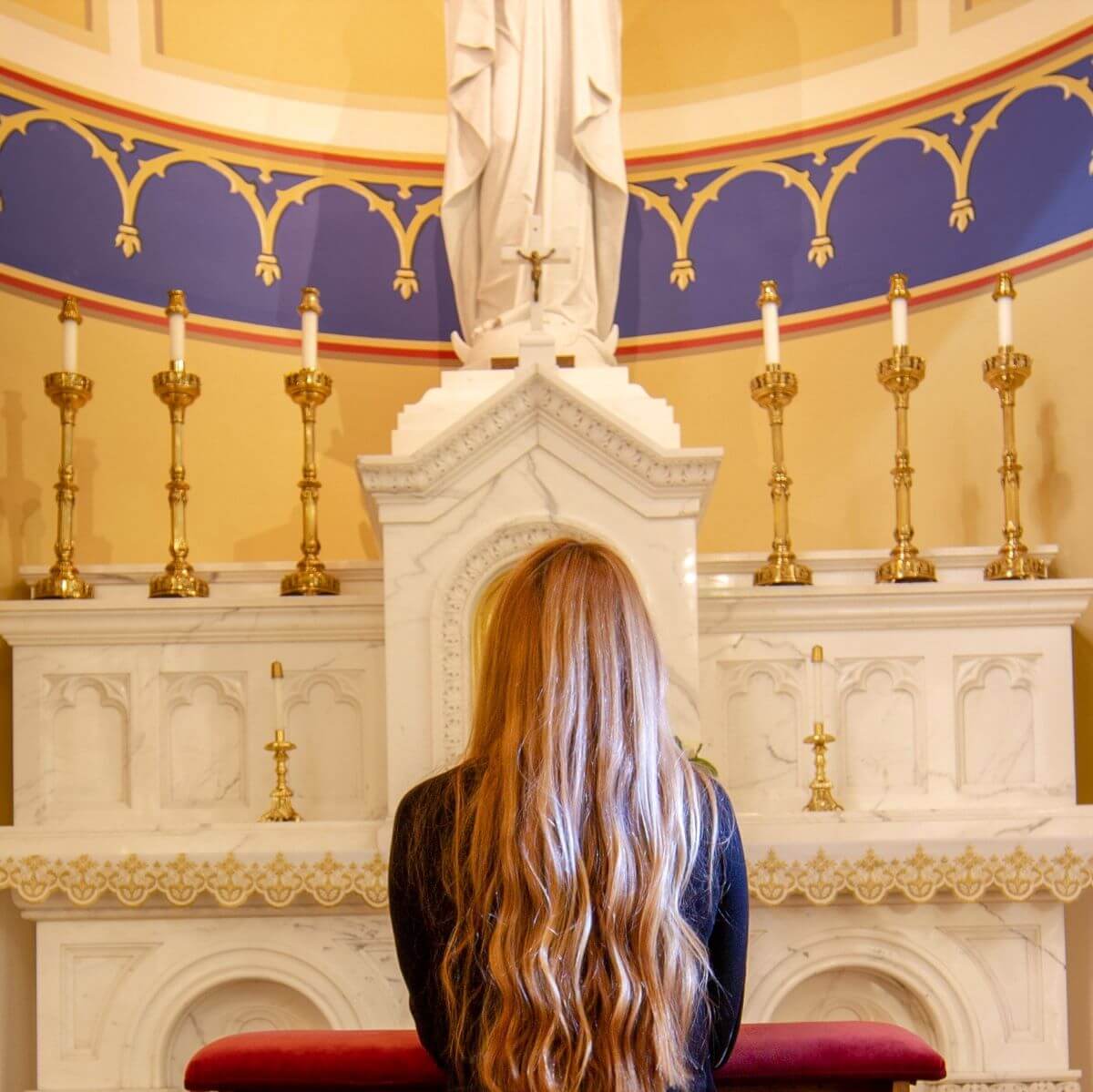There are several reasons why Jesus may have chosen this ancient spot, all of them wrapped in rich symbolism.
The Mount of Olives is first mentioned in King David’s time. When David came to Jerusalem, he dedicated a spot on the Mount of Olives to Yahweh. Before the Temple was built, people could go to that holy place to pray. It became a focal point for worship again when the Temple was destroyed.
The hill’s name reveals much, too. The Mount and its adjoining hills look dry and mostly barren now, but at the time of Jesus—and before—it was a lush olive orchard. Olives meant so much to the Jewish people.
Olive oil was a large part of their economy; many people made their living from manufacturing and selling the oil. Olives came to represent life and prosperity. The beauty and hardiness of the trees symbolized strength and vitality. Giving someone an olive branch was a gesture of conciliation.
The olives from the Mount, however, were even more special than those in other places. Their oil was used solely for anointing kings and high priests.
These are the reasons, then, why Jesus may have selected this spot:
- The place had a long history of sacredness and beauty.
- It had once belonged to His predecessor, King David.
- Its trees represented the placation of anger.
- It proclaimed itself as His holy ground with the priestly, kingly nature of its fruits and its soil dedicated to Yahweh.
Jesus came to us as our King and High Priest as well as our Savior. Keep a subtle, beautiful reminder of these inseparable roles with an Olive Wood Crucifix with Relic. Fashioned with wood from the Holy Land’s olive trees, the simple cross is finished with a detailed corpus and a relic which has been touched to the Holy Sepulchre. Available today at The Catholic Company!




